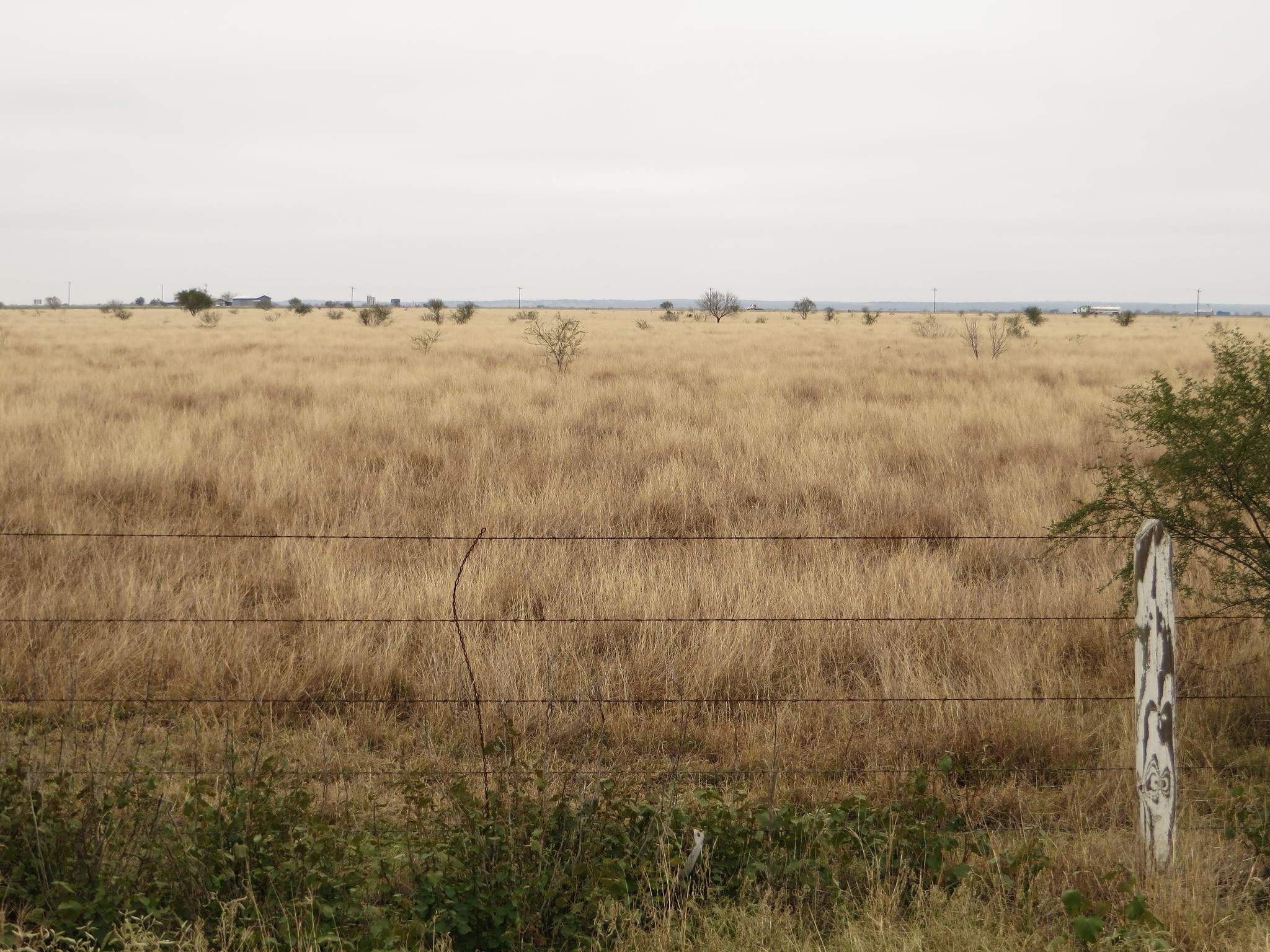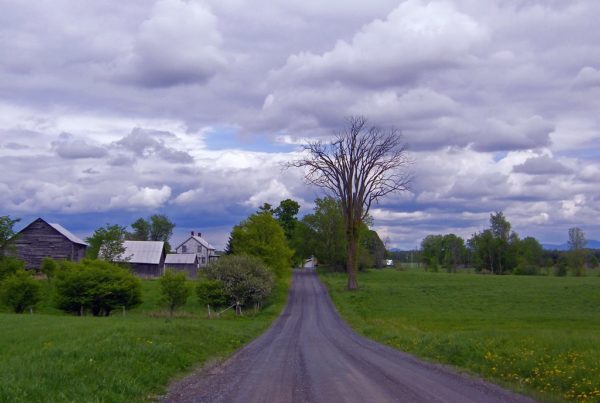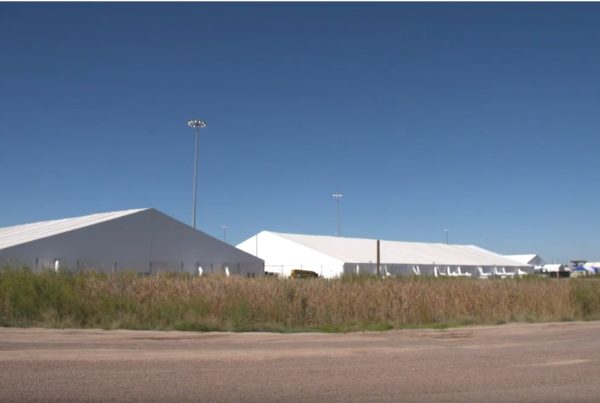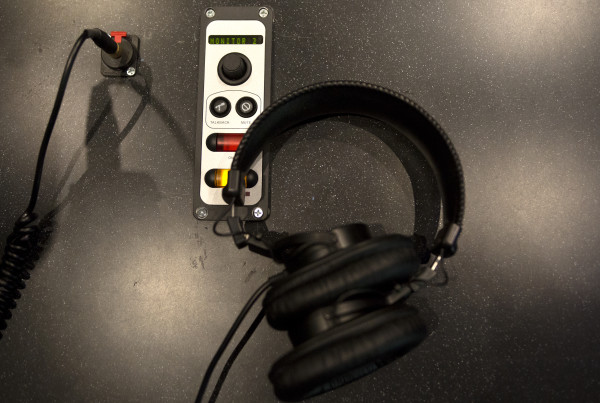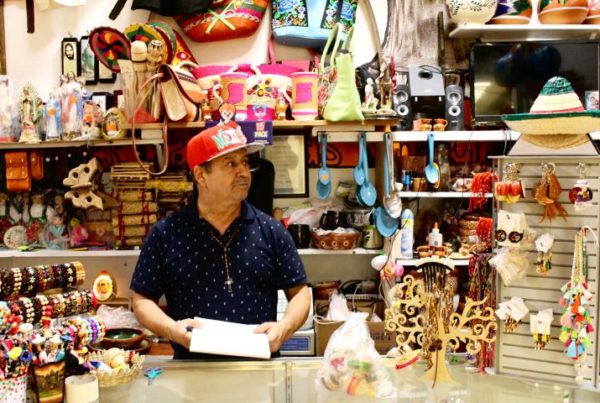Imagine a landscape teeming with peculiar wildlife – horses the size of dogs, antelopes with horns growing from their snouts, elephants with a long, shovel-like jaw. It all sounds surreal, but it’s actually a description of South Texas – 11 million years ago.
Steven May is a research assistant at the University of Texas at Austin’s Jackson School of Geosciences and the author of a new study about a collection of more than 4,000 fossilized specimens. He says the fossils were originally collected by unemployed Texans participating in a Works Progress Administration project from 1939 to 1941.
“The fossils themselves were kind of stored away, and then a number of scientists over the years have worked on parts of this fauna … but nobody has looked at the entire fauna altogether, holistically, which is what I’ve tried to do in my research,” May says.
The collection includes 50 different species of vertebrates that existed around 11 or 12 million years ago. May says the fossil site outside of Beeville, Texas used to be a mosaic of woodlands and grasslands with rivers and broad flood plains.
“It would’ve looked very much like a modern kind of African savanna,” May says. “There would be patchy grasslands, and then trees.”
May says he believes there is much more to find. He says the New Deal-era workers found big specimens, and now he’s looking for smaller fauna like rodents.
“You have to do a lot of work to screen through a lot of sediment, looking for very tiny teeth, but that’s also an important part of the fauna and an important part of understanding the environment at the time,” May says.
May says the fieldwork he has done for this research has been very gratifying.
“I’ve been pleasantly surprised by the landowners down there in the Beeville area who have welcomed me onto their ranches and helped me discover these localities that were collected by the WPA workers back in 1939,” May says.
Written by Sara Schleede.


